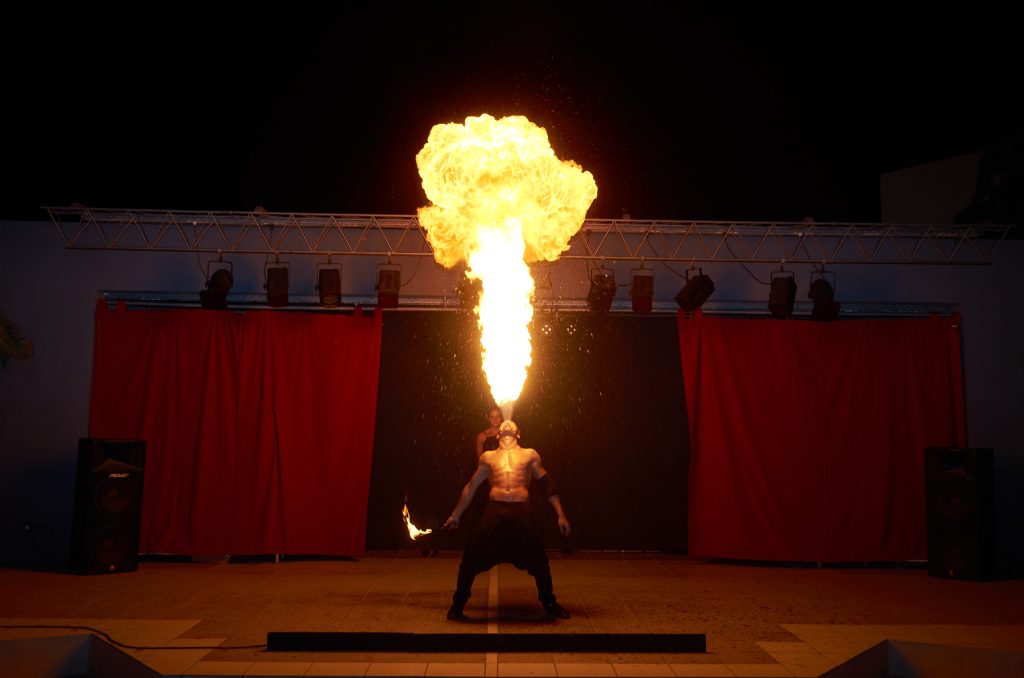
How to Photograph Dance Performances in Low Light

Capturing dance performances in low light can be a challenging yet rewarding experience. The ambiance of dimly lit stages creates a unique atmosphere that highlights the artistry of movement. However, it also requires specific techniques and equipment to ensure that you capture stunning images. Here’s a guide to help you photograph dance performances effectively in low-light conditions.
1. Know the Venue
Before the performance, familiarize yourself with the venue. Attend rehearsals if possible to understand the lighting setup, stage layout, and movement patterns of the dancers. Knowing the venue allows you to anticipate the best angles and moments to capture during the performance.
2. Use Fast Lenses
Invest in fast lenses with wide apertures (f/2.8 or lower). These lenses allow more light to enter the camera, enabling you to shoot at faster shutter speeds while maintaining proper exposure. Prime lenses, like 50mm or 85mm, are excellent choices for capturing dance in low light due to their sharpness and bokeh capabilities.
3. Increase ISO Settings
Don’t be afraid to increase your camera’s ISO settings to accommodate low light. Modern cameras can handle higher ISO values with minimal noise, allowing you to achieve proper exposure without sacrificing shutter speed. Experiment with different ISO levels to find a balance between brightness and noise that suits your style.
4. Opt for a Fast Shutter Speed
To freeze the motion of dancers, use a fast shutter speed (1/200 sec or faster). This is essential for capturing sharp images, especially with fast-paced movements. A higher shutter speed helps prevent motion blur, ensuring that each dancer’s expression and technique is clear in the shot.
5. Use Continuous Shooting Mode
Enable continuous shooting mode to capture a series of frames in quick succession. This feature is beneficial during dynamic dance performances, as it allows you to capture multiple poses and movements in a single burst. It increases your chances of getting that perfect shot.
6. Experiment with White Balance
Low-light performances can lead to unusual color casts, depending on the stage lighting. Adjust the white balance settings on your camera to compensate for artificial lighting. You can also shoot in RAW format, which allows for more flexibility in adjusting white balance during post-processing.
7. Focus on the Dancers’ Expressions and Movements
Dance is as much about emotion as it is about movement. Pay attention to the dancers’ expressions and the emotions conveyed through their movements. Capture moments of intensity, grace, and connection to tell a compelling story through your photographs.
8. Incorporate the Environment
While focusing on the dancers is crucial, don’t forget about the environment. Include elements of the stage, lighting, and audience to add context to your images. Incorporating the surroundings can create a sense of place and enhance the storytelling aspect of your photos.
9. Consider Using a Flash Sparingly
Using a flash can disrupt a performance and distract dancers, but there are times when it may be appropriate, especially during rehearsals or less formal performances. If you do use flash, set it to a low power to avoid overwhelming the scene. Consider using an external flash with a diffuser to soften the light.
10. Edit Thoughtfully Post-Performance
After the performance, spend time editing your images to enhance their impact. Adjust exposure, contrast, and color balance to bring out the best in your low-light shots. Use noise reduction tools if necessary, especially for images shot at high ISO settings, to ensure a clean final image.
